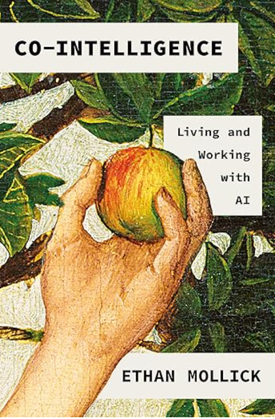Book Reviews
This category explores book reviews and other sorts of reviews. Admittedly, there aren't many books that I've reviewed here, but when I do review something, I'll tag it with this.
The following content is in the book-reviews category:
The cost of speaking up: Thoughts on "The War on Words" by Greg Lukianoff and Nadine Strossen | Dec 6, 2025
Book review of Crossings: How Road Ecology is Shaping the Future of Our Planet, by Ben Goldfarb | Mar 11, 2025
Book review of the Art of Noticing, by Rob Walker | May 19, 2023
Review of Andrew Etter's ebook on Modern Technical Writing | Jul 26, 2016
The Author Experience -- Interview with Rick Yagodich | Nov 5, 2014
Book Review: The Goldfinch, by Donna Tartt | Jul 27, 2014
Sample Chapter from Word Up! How to Write Powerful Sentences and Paragraphs, by Marcia Riefer Johnston | Jul 12, 2013
Book Review: Your Brain at Work, by David Rock | Nov 27, 2012
Book Review: No Easy Day | Oct 12, 2012
How Character Drives Story -- Book Review of Ann Patchett's State of Wonder | May 14, 2012
Book Review: Mistborn, by Brandon Sanderson | May 8, 2012
Using Tags to Increase Findability | Dec 26, 2011
Book Review: The Hunger Games, and a Possible Parallel for Technical Writers | Sep 21, 2011
My Review of the New Testament | Sep 8, 2011
Book Review: The Lonely Polygamist, by Brady Udall | Aug 31, 2011
Book Review: A Practical Guide to Designing with Data, by Brian Suda | Aug 16, 2011
Book Review: Developing User Assistance for Mobile Apps, by Joe Welinske | Aug 2, 2011
Book Review: Everything is Miscellaneous, by David Weinberger | Apr 15, 2011
Book Review: Letting Go of the Words, by Ginny Redish | Apr 8, 2011
Book Review: Elements of Content Strategy, by Erin Kissane | Mar 29, 2011
My Review of the Old Testament (really) | Jan 5, 2011
Review of Alan Porter's Wiki: Grow Your Own for Fun and Profit | Nov 25, 2010
40 Foundational Books for Technical Writing | Sep 10, 2010
Review of Conversation and Community: The Social Web for Documentation | Aug 24, 2009
Page Layout and Design Tips from Jean-luc Doumont's Trees, maps, and theorems | Jun 25, 2009
Drawing as a Tool for Thinking: The Back of the Napkin | May 19, 2009
Malcolm Gladwell's Outliers and the Real Reason You Are a Successful Writer | May 13, 2009
Managing Writers: Interview with Richard Hamilton (podcast) | Mar 23, 2009
Guest Post -- From Blogging Veterans: Three Keys to Successful Blogging | Apr 11, 2008
Malcolmn Gladwell's Blink: Your First Impression Is Usually Correct in Complex Situations | Jan 7, 2008
About Tom Johnson

I'm an API technical writer based in the Seattle area. On this blog, I write about topics related to technical writing and communication — such as software documentation, API documentation, AI, information architecture, content strategy, writing processes, plain language, tech comm careers, and more. Check out my API documentation course if you're looking for more info about documenting APIs. Or see my posts on AI and AI course section for more on the latest in AI and tech comm.
If you're a technical writer and want to keep on top of the latest trends in the tech comm, be sure to subscribe to email updates below. You can also learn more about me or contact me. Finally, note that the opinions I express on my blog are my own points of view, not that of my employer.

